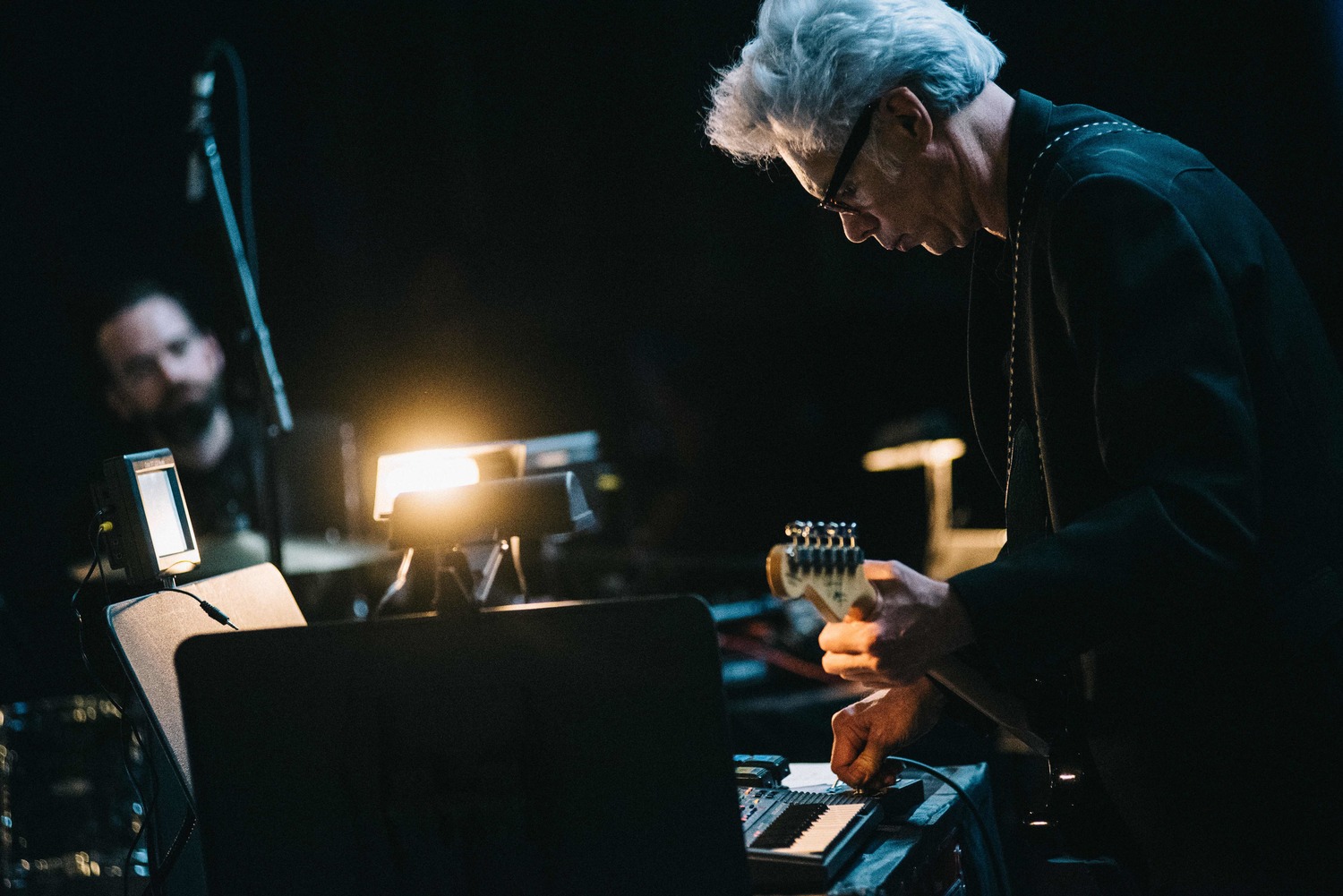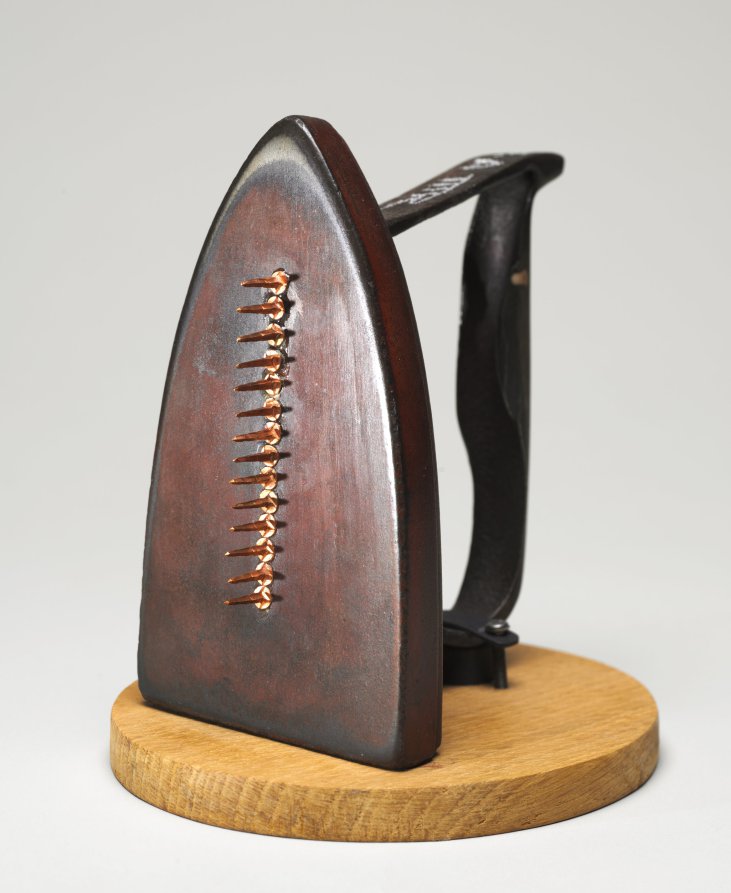by Jarrett Hoffman

On Wednesday, November 1 at 7:30 pm at CMA’s Gartner Auditorium, Jim Jarmusch (electric guitar and keyboard) and Carter Logan (drum kit) of SQÜRL will play their own ambient, drone-heavy, semi-improvised scores to four avant-garde silent films from the 1920s by Man Ray: L’étoile de mer, Emak bakia, Le retour à la raison, and Les mystères du château du dé (see the links to watch them on YouTube). Reto Thüring, curator of contemporary art at the museum, will host a conversation with the musicians following the performance.
SQÜRL describe themselves as an enthusiastically marginal rock band from New York City who like big drums and distorted guitars, cassette recorders, loops, feedback, sad country songs, molten stoner core, chopped and screwed hip-hop, and imaginary movie scores. Their work includes four EP’s, a live album, and the scores to three Jarmusch films: The Limits of Control, Only Lovers Left Alive, and Paterson.
“One thing we can say about Jarmusch is that he has a terrifically dry sense of humor,” Tom Welsh, CMA director of performing arts, said in a recent conversation. “It’s difficult to unpack precisely what he wants us to take away from the phrase ‘enthusiastically marginal.’ Is it this kind of willful outsider aspect to music? I doubt it. Is it an easygoing disclaimer about what they’re doing for the uninitiated? Maybe a little bit. They’ll be playing on a more or less standard rock and roll set up, but it won’t sound like that.”
What drew SQÜRL to the films of Dada and Surrealist artist Man Ray? In an interview with T Magazine of The New York Times before the project’s 2015 premiere in New York, Jarmusch emphasized the “dream-logic, non-rational” aspects of Surrealism, adding that he and Logan hope to trigger for the audience “a sort of pleasurable opening of their consciousness in some way. I know that sounds pretentious as hell when I say it out loud, but we hope they have their consciousness shifted a little bit.”
He also compared working in movies and music. “Making films takes so much planning and time — you have an idea and it’s a year or two before that idea is presentable. There’s something really satisfying about performing music live, living with your mistakes, finding your way and communicating nonverbally. There’s something very, I don’t know, healthy about it. There’s something good for the spirit, at least in my case. I’m very happy to be doing this.”
Speaking on WNYC in an interview that includes recordings from the premiere, Jarmusch cited certain recurring images in Ray’s work, including musical instruments, chess (which Ray liked to play with Marcel Duchamp), and the tools of being a tailor (Ray’s father’s profession). However, Jarmusch noted that SQÜRL is careful in their music not to literally follow or accentuate the films. “I don’t think Man Ray would have appreciated that. We’ve always thought that if you’re seeing the ocean, Man Ray would probably prefer hearing a freight train — not that we do that particularly.”
Of eight Man Ray works in CMA’s collection, two are currently on display. Welsh said that he hopes visitors can draw connections among those and related works in the Museum over time. “One of the great privileges of a performing arts series anchored inside a museum is that the concerts and experiences in the hall then send you out into the galleries to explore the museum in a different way.”
Top photo by Ryan Muir.
Published on ClevelandClassical.com October 24, 2017.
Click here for a printable copy of this article



